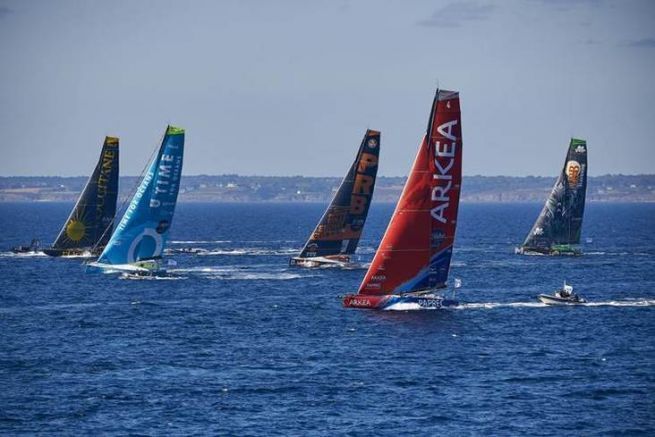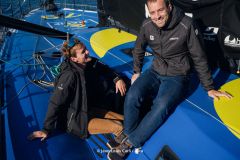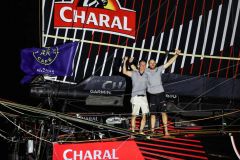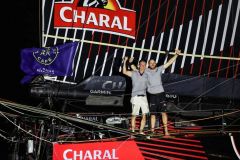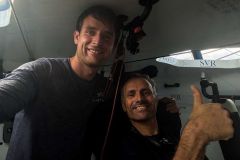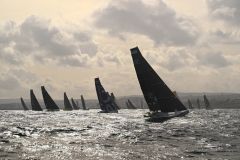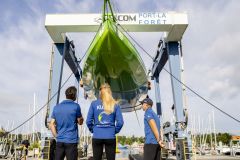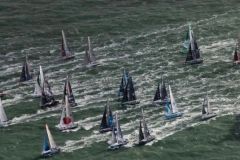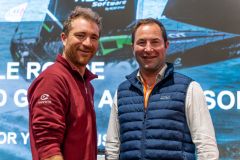In IMOCA, the number of sails on board is limited to 8 . Among these 8 sails two are mandatory: the mainsail and the storm jib. But to these two compulsory sails is added a whole inventory of headsails, which will depend on each person's strategy.
"The two headsails found on all the boats are the J2 (J for Jib which means jib - a breeze sail which corresponds to the old staysail) and the J3 (former ORC which is a very big breeze sail for sailing upwind in 40 knots and also very efficient in downwind staysail)", explains César Dohy, from Incidence Sailmaking.
So there are only 4 possibilities left to choose the rest of the headsails. For the past two years, the J1 - a genoa moored on the bow of the boat and hoisted at the head of the mast - has tended to disappear and be replaced by the FRO (Fractional Code 0). This sail appeared on the Volvo Ocean Race before being used today in the IMOCA class.
"The J1 has metamorphosed a bit into an FR0. It is a split downwind sail, with the halyard point generally above the forestay of J2 (so not at the masthead). This allows the maximum reduction of forces and the centre of thrust while offering the largest possible sail area. It is more of a breeze sail, for going fast in strong downwind conditions, with the tack on the bow or bowsprit. It is a very effective sail from the beam wind, in about 15 knots, and allows you to go very far downwind and downwind. It's a kind of big genoa that's quite stocky. It's a furling sail. It's usually set between J0 and J2."
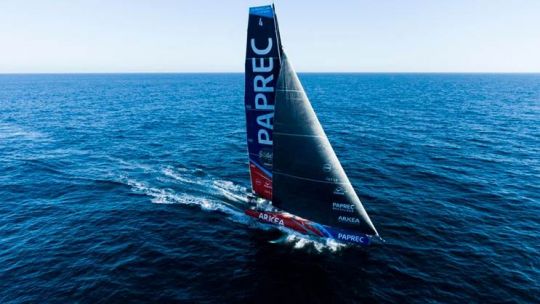
ORF Data Sheet at Incidences
- Composition : DFi
- Details: reefing sail
- Use: The FR0 is a downwind sail used in breezy conditions (when the A3 becomes too big) and for reaching (when the MHO is too big). It can also be used upwind in light airs.

 /
/ 